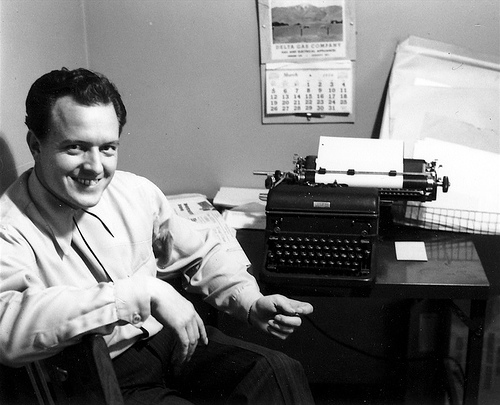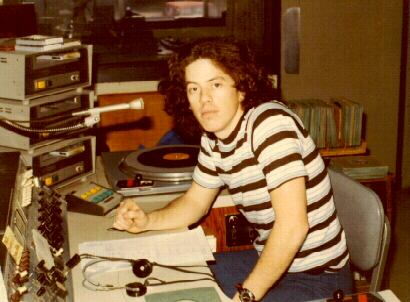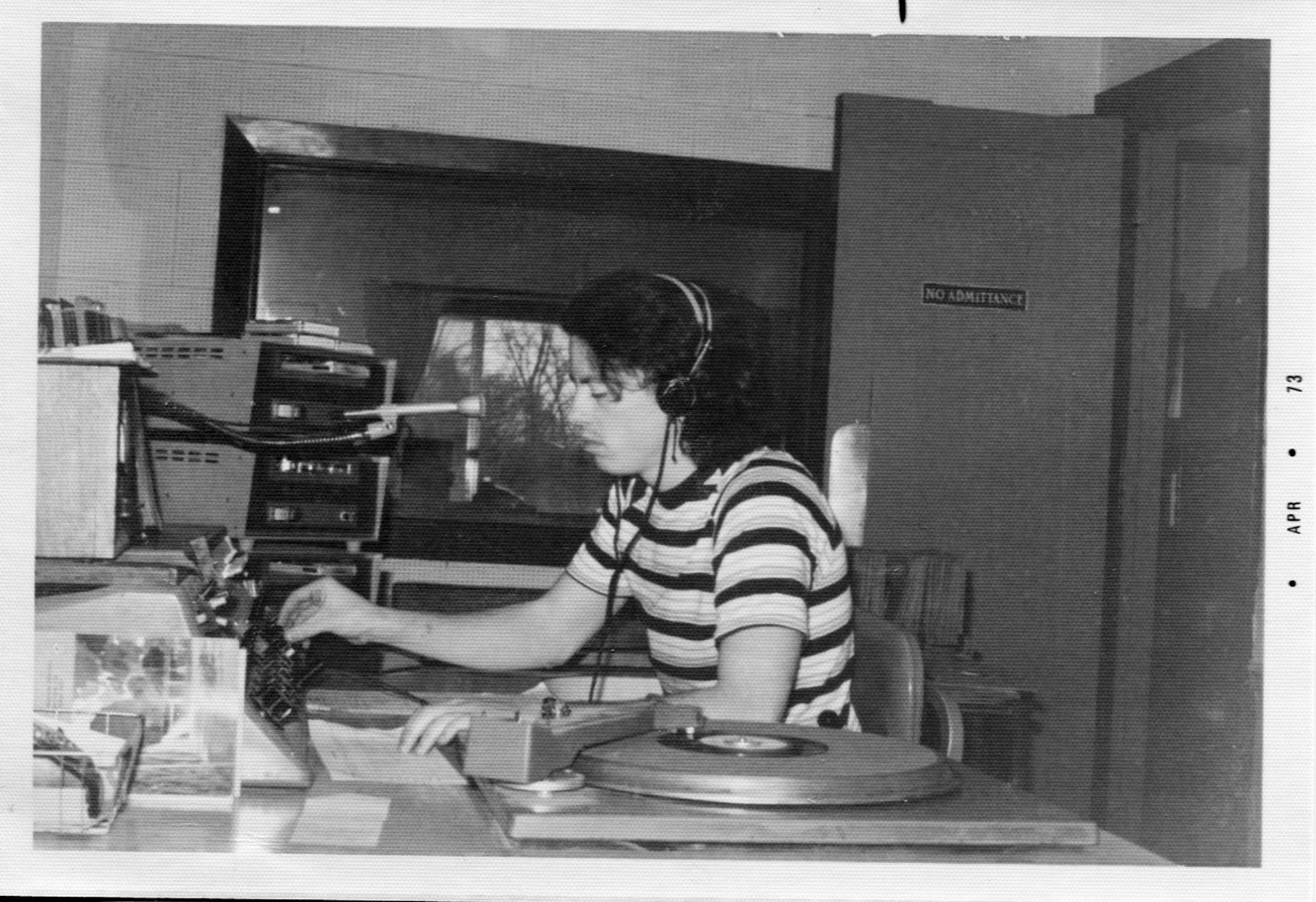I’ve shared most of this audio here previously now have most of it on YouTube and the player makes it a little easier listen. There’s a small icon at the top-right of the player below that brings up all 14 clips in the playlist. It’s right next to the “settings” gear icon, after you start playing.
Tag Archives: KBOA
Old radio commercials (KBOA)
A YouTube playlist featuring oral history of KBOA, Kennett, MO. All of these are available as MP3 files at www.KBOA830.com.
James Arness

When I heard that James Arness had died my first thought was, “How could he still be alive?!” It’s just that Gunsmoke was so long ago.
So I dug out this photo taken when Craig Watson and I “interviewed” the popular TV actor when he appeared at the Sikeston Bootheel Rodeo. KBOA news guys John Reeder did the recording and Craig (on the right) and I asked some questions. Marshall Dillon signed my Fanner 50 holster.
Joe Bankhead

Joe Bankhead died this week. Not sure of his age but he was well into his 90’s. He was a good friend of my father’s and one of the original employees of KBOA, the radio station where they both worked. And I did a 12 year stint there many years ago. Joe was one of the most self-confident people I ever met. Part of his story is here.
DJ Steve
KBOA photos (high rez scans)
One of my first attempts at a website was KBOA830.com. That was about 13 years ago and I’ve moved it around several times since then. The impetus for the site was a bunch of photos from the late ’40s, given to me by one of the original employees of the station.
When flickr came along, I uploaded the photos there but the scans were low rez because I didn’t know what I was doing. I’ve thought about rescanning but that’s one tedious chore.
A couple of months ago I boxed up 120 of the prints and sent them off to ScanCafe where they were “scanned by hand” for about 29 cents each. It took a while (I think the scanning is done in India) but the prints were safely returned along with a DVD of 300dpi images.
Turns out I can’t delete the lorez images yet because I’ve linked to them from the KBOA site. Once I get that all sorted out I can get rid of the duplicates.
If you have a box of prints (or 35m slides or negatives), send them to ScanCafe (or one fo the similar services) and get them digitized. And then put them online, because that is the only hope you have of giving them a life beyond your own.
Footnote: I never tire of looking at these images. The tower and the transmitters and the studios… all of the expensive stuff it took to communicate in 1947. If you had something to say to your community (forget the world) you had to build/buy/go to work for one of these entities (radio station, TV, newspaper). All changed now. And changing. I love it.
“Radio Days: the celluloid afterlife of real radio”
“In the movies, radio is a mythic force: local, rebellious, life-changing. This hardly describes the reality at commercial radio stations today, but it does tell us something about how radio was—and about how we want it to be.
The Clear Channel consolidations of the 1990s and the streaming revolutions of the last decade have given us change and innovation, but they haven’t forged the kind of cultural radio that thrilled and united 20th-century audiences. Sure, we’ve got talkers who excel at dividing us. And we’ve got little machines that let us become our own DJs. But we haven’t replicated the “real people” kind of radio that speaks and sings to us better than we can speak and sing to ourselves. Our new broadband-powered landscape hasn’t empowered that level of talent—yet. But don’t worry. It will. Until then, see you at the movies.
I stumbled across this piece by Matthew Lasar on ars technica. It brought back many fond memories from my days at KBOA (’70s). We said pretty much anything within reason and the same went for the music we played (on turn-tables). And I loved movies about DJ’s and radio stations. I’ll be forever grateful I didn’t miss “real radio.”
Joe Bankhead’s History of KBOA
Joe Bankhead was there when radio station KBOA went on the air in 1947. One of the original employees. He recently retired (at the age of 92) and set down at his manual upright and banged out 17 pages of memories about the early days. My thanks to Joe (and his son, Jimmy) for allow us to share them here. You can hear some of Joe’s recollections in his own words (recorded in 1982)
KBOA: Old Camp Meetin’ Time
Joe Bankhead retires. Finally.

Joe Bankhead helped put KBOA (Kennett, MO) on the air back in 1947. One of the original employees. Also a good friend of my father. Joe tells his story better than I can. The man has seen a lot of radio.



